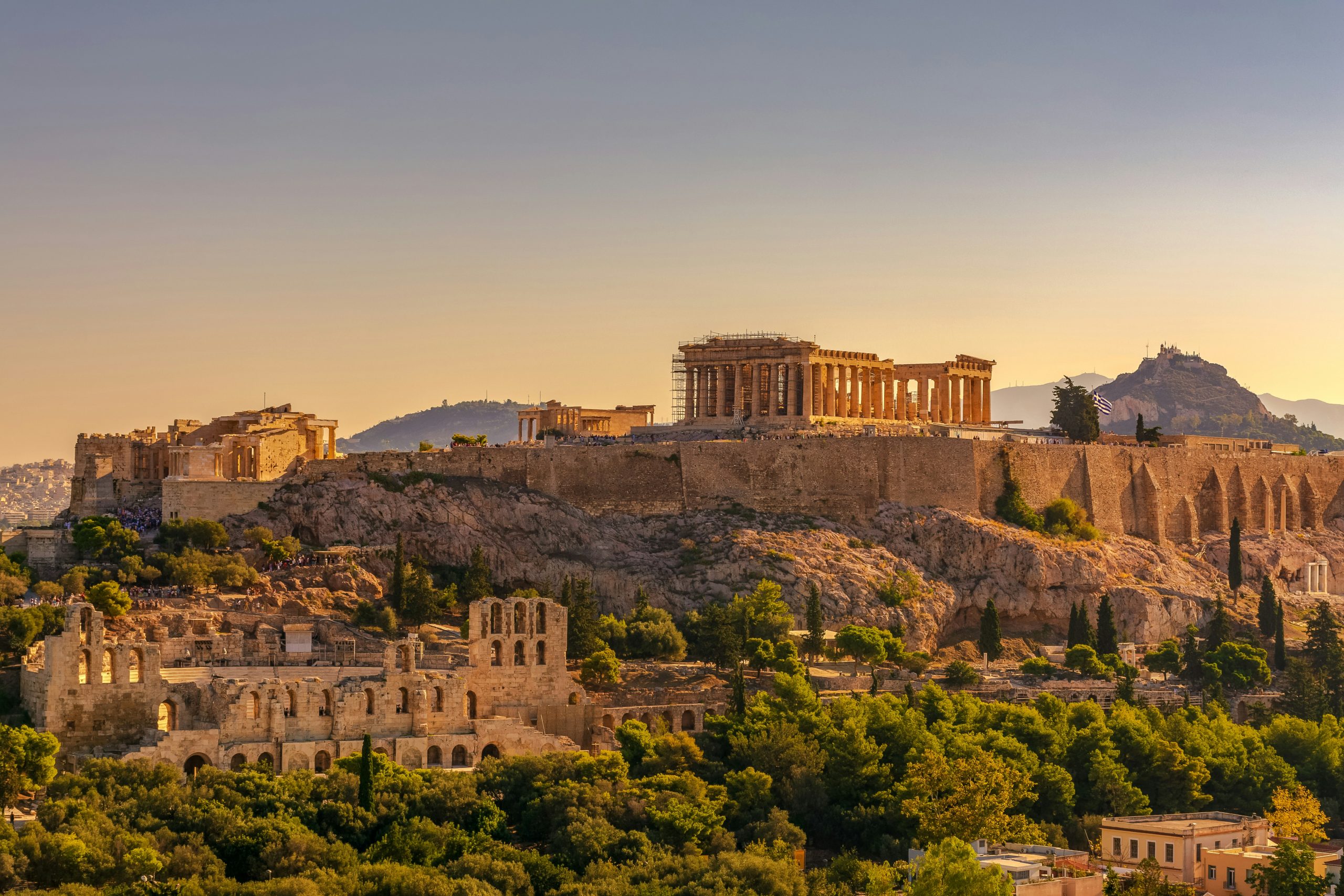
An old wine professional I occasionally engage with on social media is not very impressed with Greek wine. He claims he has never had one he would describe as world class. Where one draws that particular line might be up for discussion, nevertheless this is not a sentiment I encounter often. If anything, my main beat, singing the praises of Greek wine, tends to be like pushing at an open door. Greece, together with Portugal, is often viewed as a country that over-delivers – half best kept secret, half next big thing.
This view is often echoed inside the country. Stelios Boutaris of Kir-Yianni winery, arguably the most erudite thinker of the local scene, likes to observe that “cheap [Greek wine] is expensive, and expensive [Greek wine] is cheap”. This strikes me as a fair assessment: Greece has largely stayed away from bulk wine and similar mass market misfortunes. It is unlikely it has the resources and infrastructure to be competitive at the bottom end even if it wanted to. At the other end, one can find many wines with mid-tier pricing that consistently over-deliver.
And yet, it is easy to think that this state of affairs has been holding up a bit too long. I could be writing the same lines in 2010, and they would ring equally true. The closest I can think to a shift in Greek wine’s international position over the past 15 years is the gradual establishment of Assyrtiko in the international mainstream, maybe not a household name like Chardonnay or Riesling, but up there with Albariño, Grüner, and Roussanne. My long wait for Xinomavro to take its deserved place in the global wine scene continues. The average British or American committed oenophile might know a couple of Greek producers at best. Less dedicated consumers might ignore the country produces quality wine altogether. For those of us that came of age during the rapid rise of the so-called boutique winery scene of the mid-90s, the past decade can feel like stagnation.
This becomes less surprising once one takes a look at the data. At 1.4 million hectolitres in 2024, Greece stands somewhere between Brazil and Moldova; Romania produces 2.5 times as much. There are maybe 1,300 wineries in Greece – Bordeaux alone has almost five times as many. Though the prominence-to-volume ratio is not an easy thing to measure, Greece would probably rank only behind New Zealand among connoisseurs.
Another element, often striking to the unaware, is the very low percentage of Greek production that is exported. Roughly speaking, Italy will consume a bottle of wine locally for every one it sells abroad. Extrovert New Zealand will sell you nine. Instead, for every bottle of wine they drink at home, Greeks will barely send you a large glass.
The effect of this is much more complex than picking the right accounting column. It means that local production will not specialise in one or two wine types but has to cover the entire gamut of tastes. It also means that there is a strong demand for styles that, internationally, are associated with very different countries. (My line is that Greece produces some of the best Napa reds in the world.) It also means that the commercial infrastructure that would be required to compete with its Mediterranean neighbours just isn’t there. Compared to the marketing behemoth that is Italy, for example, dealing with the Greek wine industry can feel almost quaint.
There are external factors too. While Greece has been steadily improving its wine production, so has everyone else. The same dynamic that makes this the best time ever for wine consumers, renders it a very competitive one for wine producers: you need to run twice as fast just to stand still. And breaking into higher price echelons comes with different expectations. The same people that will enthusiastically rave about your £15 bottle being worth £30, will suddenly become much more reserved once you hit the price they were saying you should have had all along. The competition is simply of another calibre.
I am, of course, biased, but I still think Greek wine has a bright future ahead. The positive indicators are just too many to discount. For starters, the sheer number of new entrants – around half of the 1,300 wineries I mentioned earlier didn’t exist 15 years ago (and you might want to recall this hasn’t been the easiest period to start a business). The level of technical know-how is also exponentially higher. A Greek enologist trained in France or Italy would have been a rare beast in the 1990s – it is practically expected today.
The understanding of local consumers has also progressed in leaps and bounds. Engaging in WSET-style discussion of a wine would have been equivalent to joining a secret society 30 years ago. Nobody would bat an eyelid today (though, like everywhere else, they might struggle to suppress a yawn.) In the span of ten years, Athens has developed one of the most exciting wine bar scenes in Europe. That’s before counting the 200 or so barely explored indigenous grape varieties, the resurgence of Greek gastronomy, and the ever-increasing strength of the tourism sector.
So, I’m still optimistic, and excited, about the next phase of Greek wine. It is not stagnating but building for the future. Maybe my social media interlocutor will never be convinced – but I bet the people working under him today will.
Ten Wines From Emerging Greek Producers
I have, semi-arbitrarily, stuck to operations set up the past fifteen years, roughly coinciding with the Great Financial and Euro crises. I’ve also skipped prominent producers, like Mikra Thira, Vassaltis, and Oeno P, which I’ve discussed in detail before in my Asyrtiko reports.